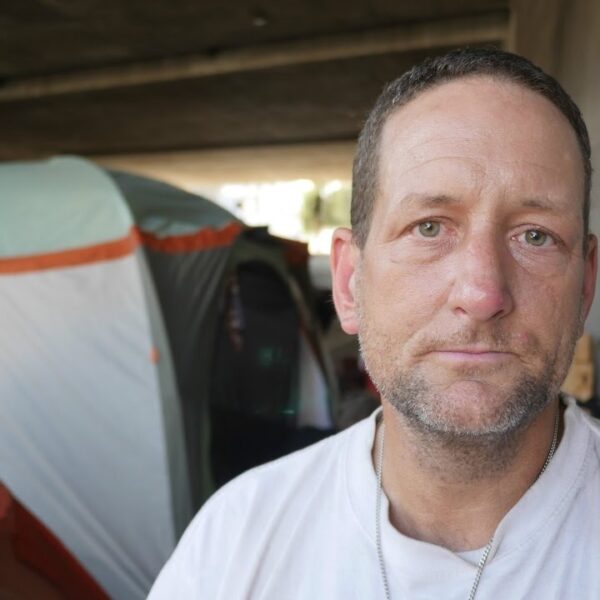More low-income renters struggle to pay their rent and utilities than before the pandemic began as the shortage of affordable units across the U.S. continues to increase.
Overall, 49% of low-income renter households are classified as “rent burdened,” meaning they pay more than the recommended 30% of their income on housing costs. According to census data, that total is up from 43% of renter households who were housing burdened before the coronavirus pandemic. These households earn no more than $50,000 per year for a single worker, according to the U.S. Department of Housing and Urban Development’s 2022 income limits.
Meanwhile, the affordable housing market for renters continues to sour.
Data from the National Low Income Housing Coalition shows that the U.S. has a shortage of 7.3 million affordable homes for low-income renters. That total is up more than 7.3% since 2019, before the pandemic hit. It also comes as the U.S. median rent continues to hover around $2,000 per month, according to data from Redfin. At this level, a worker must earn about $80,000 annually to afford a median-priced apartment.
“Low-income renters are facing a staggering shortage of affordable and available homes,” NLIHC President and CEO Diane Yentel said in a statement. “In the wake of the pandemic, federal housing investments are more critical than ever for sustaining our communities and helping low-income people thrive.”
Market Continuously Fails to Produce Affordable Housing Units Despite Incentives
The shortage of affordable housing units for low-income renters is not a new phenomenon in the U.S. Every year, the housing market fails to produce millions of units for workers at this income level. However, the gap of affordable homes has increased between 2022 and 2023 despite the efforts of lawmakers to spur housing development by providing supply-side incentives like tax breaks and zoning reform.
In May 2022, the White House released a housing supply action plan that included goals of rewarding local jurisdictions that passed zoning reforms to allow greater density and to expand federal financing mechanisms like the Low Income Tax Credit to create more housing.
But the number of housing units that are both affordable and attainable for low-income workers has grown by more than 100,000 in the ten months since the action plan was announced.
According to NLIHC, the nationwide average shows only 33 affordable and available homes exist for every 100 renter households with extremely low incomes. In total, the U.S. has a shortage of 7.3 million affordable rental homes for the nation’s 11 million low-income workers.
Meanwhile, congressional Republicans are looking for ways to pare back many of the federal government’s future housing investments. For example, President Joe Biden’s fiscal year 2024 budget has earmarked more than $35 billion to support state-level emergency rental assistance programs. According to the Economic Roundtable, a nonprofit research organization in Los Angeles, California, this was one of the main benefits that helped prevent people from becoming homeless during the pandemic.
“House Republicans are now threatening to cut funding for the very programs that provide a lifeline to low-income renters,” Yentel said. “Balancing the national budget must not be done on the backs of our nation’s lowest-income and most marginalized people and families.”
Alternatives to Building More Affordable Housing Are Not Promising
Several states are considering adopting new laws to help provide affordable housing for low-income renters. For example, Colorado and Arizona lawmakers have introduced legislation to cap the rent a landlord can charge their tenants.
Supporters of these laws say they can help stabilize rents during a tumultuous time in the rental market. Colorado Democrat Rep. Javier Mabry, who is sponsoring a rent stabilization bill in the state’s General Assembly, told Colorado Public Radio that it is designed to create a “compromise” between renters and developers.
However, economists say there is no consensus about whether such policies work. One study by the University of Chicago’s Booth School of Business shows that just 2% of all rent-controlled properties in places like New York and San Francisco have had a “positive impact” on the market over the last 30 years.
“We have not invested as a nation in building the supply of housing in a variety of communities, in a variety of different price points. We’ve instead relied on the private sector to do so,” Sharon Wilson Géno, president of the National Multifamily Housing Council, told CNBC. “But unless that money comes into the market and investors see that as a better investment than some other kind of equity or some other kind of investment, they’re not going to come.”
How You Can Help
The pandemic proved that we need to rethink housing in the U.S. It also showed that aid programs work when agencies and service organizations are provided with sufficient funds and clear guidance on spending aid dollars.
Contact your officials and representatives. Tell them you support keeping many of the pandemic-related aid programs in place for future use. They have proven effective at keeping people housed, which is the first step to ending homelessness once and for all.













